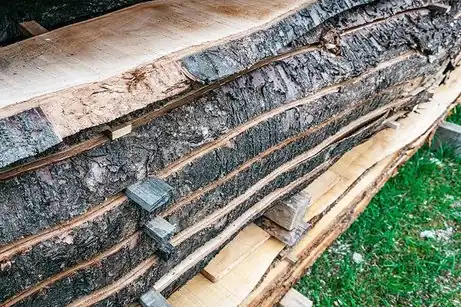Pruning is an essential practice in sweet cherry cultivation and has a substantial impact on both yield and fruit quality. Its main purpose is to preserve the physiological balance between vegetative development and fruit growth
For this reason, it is considered a common practice in orchard management, but may be insufficient when considering cultivar and rootstock combinations that produce a large amount of small-sized fruit
In the cherry sector, there is an increasing shift towards reduced volume and height training systems, to favour, above all, higher labour productivity during fruit picking and pruning. This can be achieved using semi-dwarfing and moderately vigorous rootstocks, as well as appropriate canopy management
In this scenario, not only is it necessary to implement pruning appropriate to the needs of each cultivar/rootstock combination, but there is a need to study the influence of the pruning period and its intensity on the fruit harvest.
In previous research, it has been found that pruning carried out at the end of the summer, particularly in the first ten days of September, gives favourable results in terms of fruit quantity and size compared to traditional pruning carried out during the winter dormancy phase
The aim of the research conducted at the Technical University of Moldova was to evaluate the impact of the pruning date on fruiting in the varieties Kordia and Regina. The research was conducted in 2019 and 2021 in an orchard located in the central region of Moldova, which was established in the autumn of 2012
Kordia and Regina cherries, grafted on MaxMa 14 and with a naturally reduced canopy volume, were placed at 5 metres x 3 metres. The results of four different pruning periods on production performance were compared.
In particular:
- i) during the dormancy period (also considered the control group)
- ii) during flowering
- iii) after harvest (in July)
- iv) at the end of summer (first ten days of September)
Fruit weight and yield, number of fruit buds, time of flowering and fruit ripening and trunk cross-sectional area were analysed. No influence of the pruning period on flowering time or harvest date was found. The cross-sectional area of the trunk also showed similar values regardless the pruning date, with higher values with increasing plant age
Fruit weight at harvest varied between 9.9-11.9 g in Kordia and between 10.9-13.1 g in Regina, however the variability was not induced by the pruning date but by the prevailing climatic conditions. The plants cv. Kordia reached a yield of 32.1 kg/plant when they were pruned in the first ten days of September.
This is probably due to the differentiation of the flower buds at the base of the annual branches. In Regina, a similar trend was observed, with yields 6.1% and 12.2% higher when pruned in July and early September, respectively.
The encouraging results regarding the yield of sweet cherries of the varieties Kordia and Regina grafted on MaxMa 14, demonstrate the beneficial impact of pruning in the first ten days of September. However, further investigations are needed to identify the most suitable pruning techniques for the productive season.
Source: Valerian Balan, Vasile Sarban, The impact of the pruning time on the biological properties of cherry varieties grafted on Maxma 14, ANNALS OF THE UNIVERSITY OF CRAIOVA, Biology, Horticulture, Food products processing technology, Environmental engineering, Vol. 28 No. 64, 2023, https://doi.org/10.52846/bihpt.v28i64.73.
Melissa Venturi
University of Bologna (IT)
Cherry Times - All rights reserved












